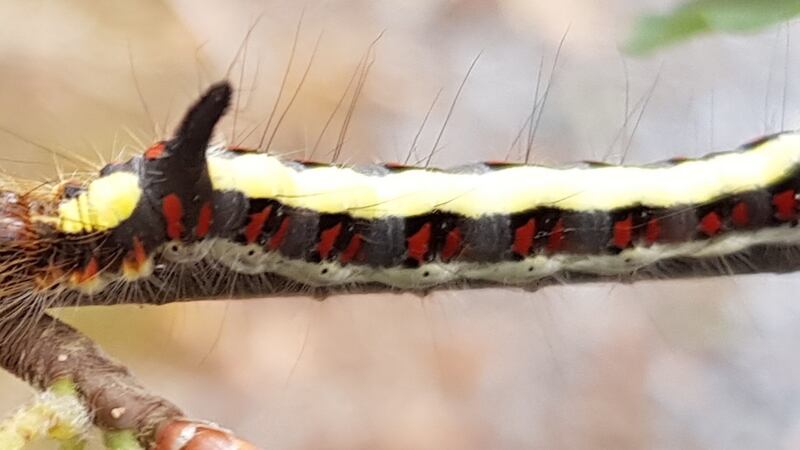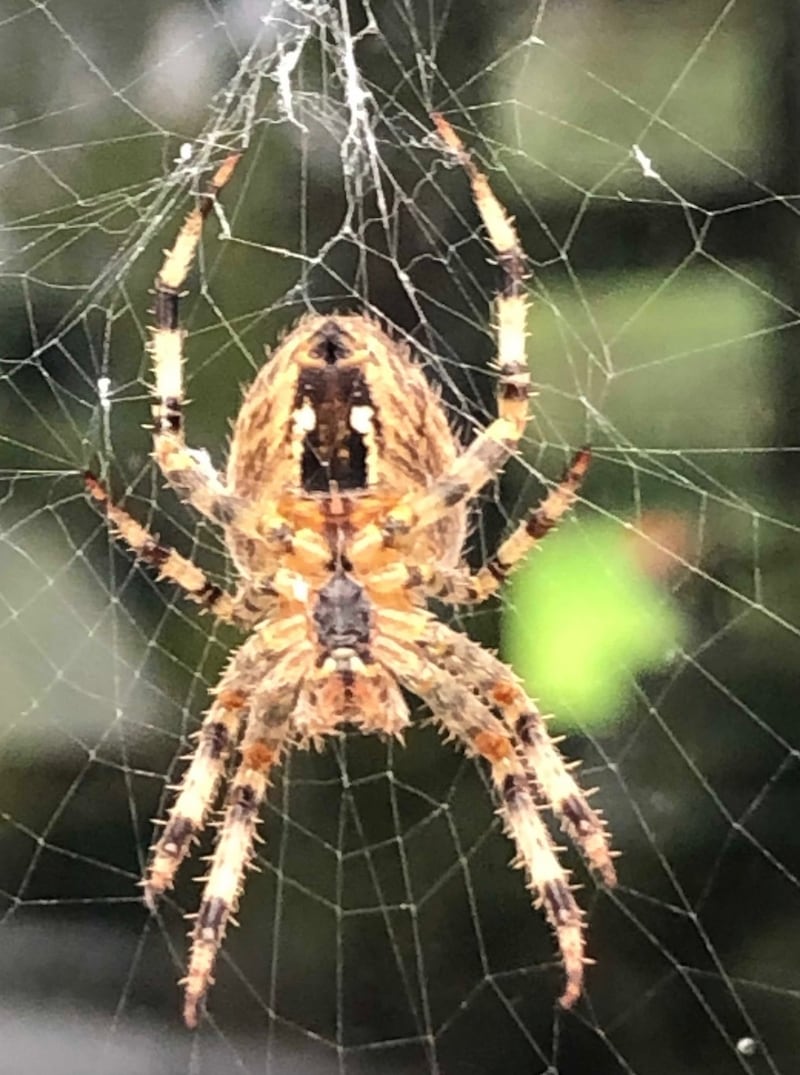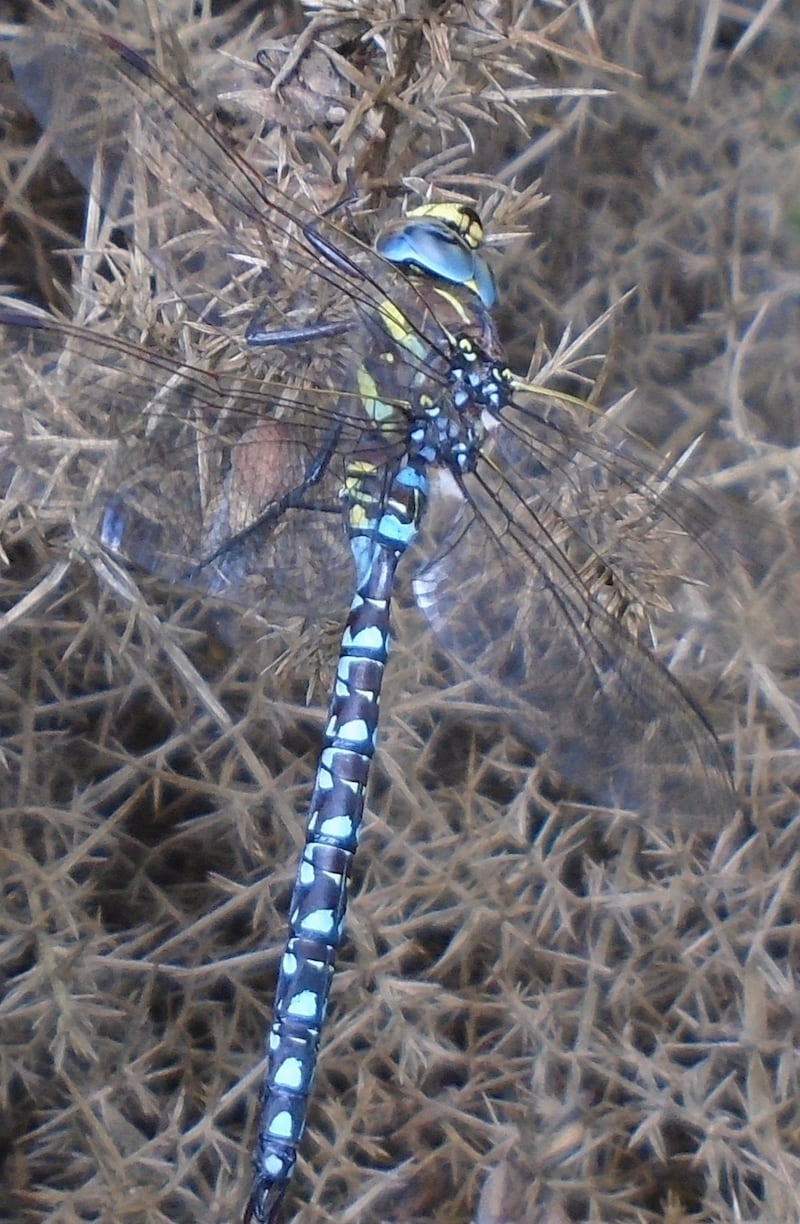A huge amount of dead crabs/shells were washed up on Poulshone Beach at the beginning of the month. I have never seen this happen before despite living here for over 40 years. – Julie Lynch, Gorey, Co Wexford
They are empty spider crab shells. The crabs congregate offshore in mounds to moult, grow larger shells, and mate in autumn. It is thought that they congregate in such large numbers for safety from predators.
I spotted this object when clearing our vegetable patch. It was quite a smelly growth that started as a soft egg shape and then flowered a day or two later. – Pam Furlong, Rathfarnham, Dublin 14
It’s red cage fungus of the stinkhorn family, which has only been reported in this country in the Clontarf area and now seems to have migrated south.
I saw a group of seven herons standing on rocks at Monkstown. Are herons normally solitary birds? – Angela Moran Stillorgan, Co Dublin
They have been seen flying in flocks and they roost communally.

Elizabeth Daly, Knocknacarra, Galway; and Marie O'Donnell, Fethard, Co Tipperary both sent photos of the caterpillar of the grey dagger moth for identification. – This photo was taken by Marie.

Spiders have become more visible in September as this is the mating season. Of the many photographs of the garden spider, most were of the underside of the creature, taken through its web. – This one is from Mary McCarthy in Co Laois.

Dragonflies were also very evident in September. The one most photographed was the common hawker, Aeshna juncea. – This one was seen at Paddock Pond, Co Wicklow by Jean Dunne, Dún Laoghaire, Dublin.
[ viney@anu.ie ]









